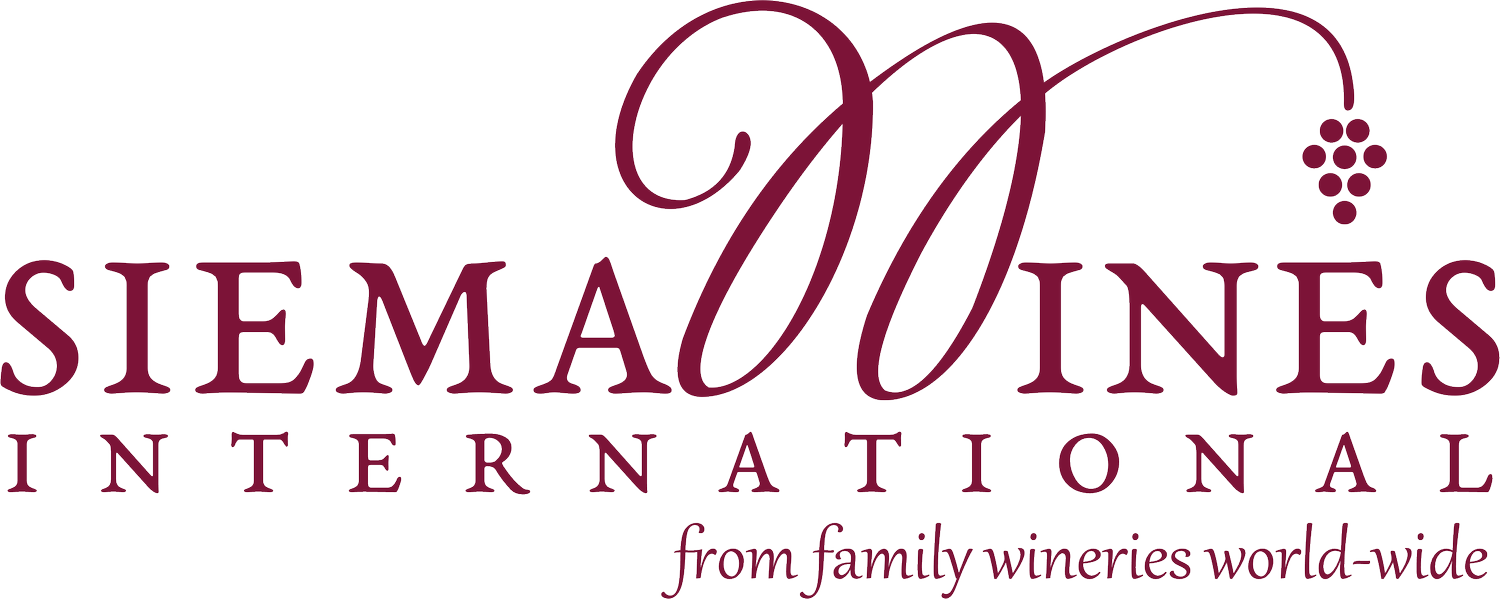Nexo
Rioja, Spain
About Nexo
SUSTAINABLY FARMED
La Rioja is situated in the North Western part of Spain, East of the Basque Country with the Pyrenees mountains to the North. The appellation is classified as a Denominación de Origen Calificada (D.O.C. Qualified designation of origin) which is the highest rated appellation in Spain. Rioja wines are not only made from grapes growing within its limits but from parts of Navarre and the Basque province of Alava.
Wine has been made in the Rioja since the Roman times, in the early medieval period Rioja supplied nearby monasteries which also controlled the quality of the wine made. Later Pilgrims on their way to Santiago de Compostella consumed Rioja wines and spread the word far and wide. Wine has always been an important component for the region and in 1560 the wine growers formed an association and set standards for Rioja wines.
The wine region took off after the introduction of barrels in production which meant that the wine could be kept. There were no oak casks in La Rioja until the 1860’s. A French enologist from Bordeaux called Jean Pineau, came to the region in the late 1800’s and taught Rioja winemakers how to use of oak barrels to create more refined wines. The larger ones were to be used for fermentation and the smaller ones for aging. Initially ‘bodegueros’ didn’t show much enthusiasm due to the costs and additional work involved. Riscal however paved the way by maturing their wine in small barrels located in the winery’s tunnels. It took some time for other wineries to really start using barrels and changing to the French method of production. It is only once barrel aged Rioja wine became known and appreciated internationally that other cellars followed suit. Soon wine estates based on the French model started to appear. Subsequently many French people settled in La Rioja and the international reputation of Rioja as a region producing high quality wines increased exponentially. Large cellars, as we find them today in the region, only appeared in the second half of the 20th century.
The mountains surrounding Rioja affect the wind and rainfall patterns and help to keep summer temperatures moderate. They also encourage the critical night-time temperature drops that preserve acidity in the ripening grapes. Thanks to the mountains, Rioja’s footprint resembles an inverted V, with the widest part facing the Mediterranean. As a result, Rioja’s vineyards are affected by three distinct climate zones: some vineyards are subject to cool, moist weather from the Atlantic; others, protected by the mountains, experience a more temperate Continental climate; and still others bask in Mediterranean warmth. (source: Worlds of flavor Spain)
The wine growing area of the D.O.Ca. Rioja is not restricted to the political boundaries of the region and is divided into three sub-zones, each producing distinctive wines. La Rioja Alta, is located in the western part of the region and is famous for fine, elegant wines with moderate alcohol content. The Basque Sector, La Rioja Alvesa, located in the north, produces exceptionally fruity wines while La Rioja Baja, stretching eastwards from Legroño to Navarra, produces very dark grapes with a relatively high alcohol potential.
La Rioja has a cultivated surface of 57 000 ha of vines, yielding 250 million liters of wine annually, of which 85% is red. For the reds the most widely used variety is Tempranillo, other varieties blended with Tempranillo are Garnacha Tinta, Graciano and Mazuelo (aka Carignan), a typical blend would have 60% Tempranillo, 20% Garnacha and smaller proportions of Graciano and Mazuelo. Each grape adds a unique component to the wine with Tempranillo contributing the main flavors and aging potential to the wine, Garnacha adding body and alcohol, Mazuelo adding seasoning flavors and Graciano adding attractive flowery aromas.



